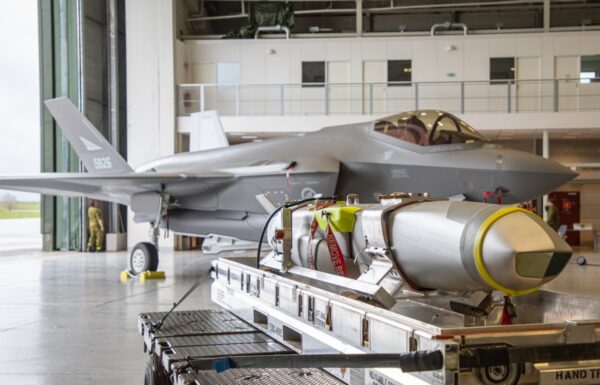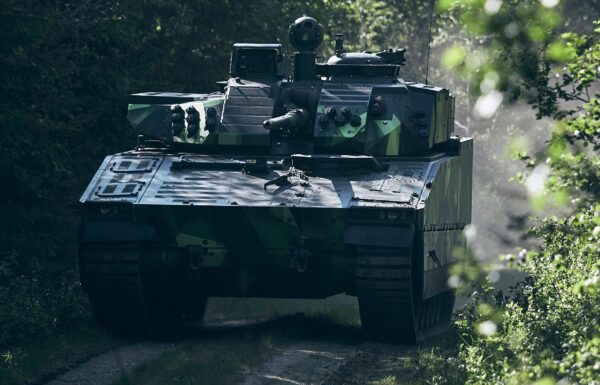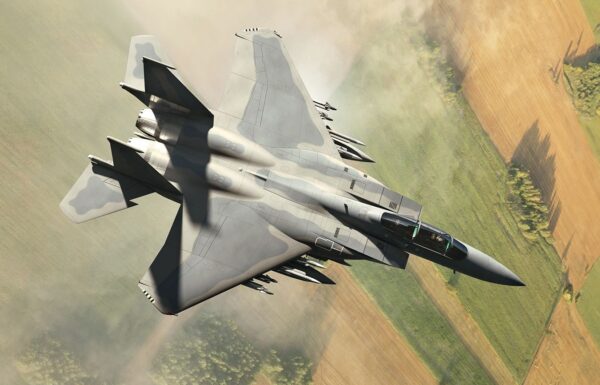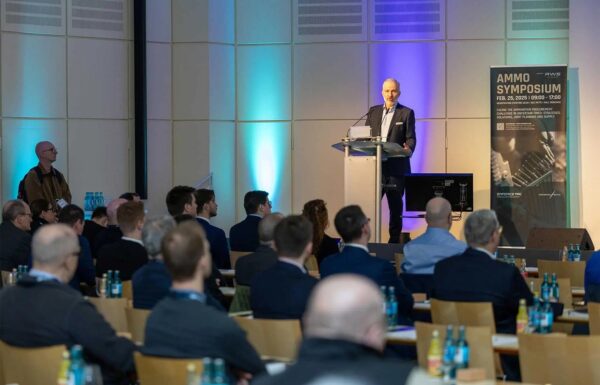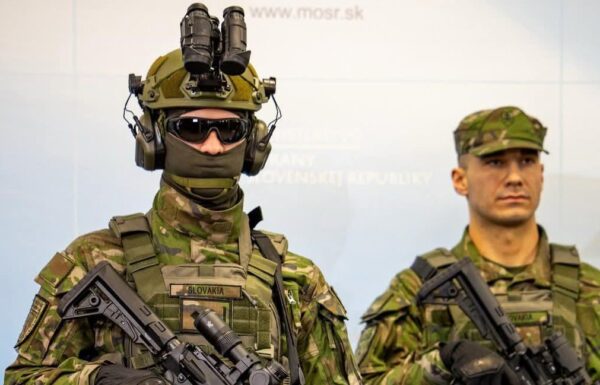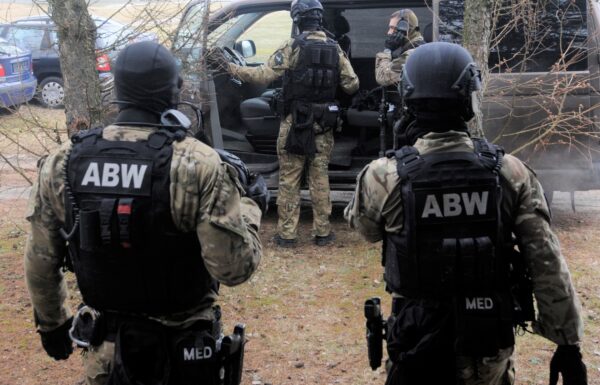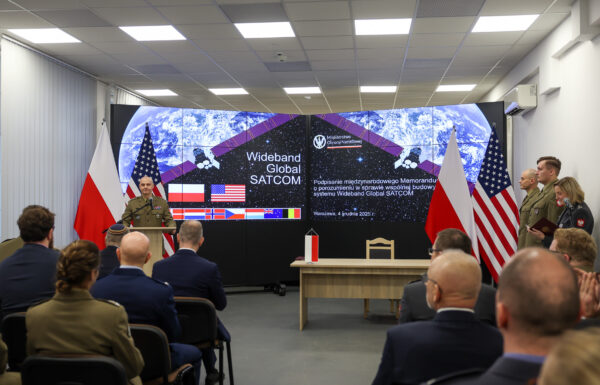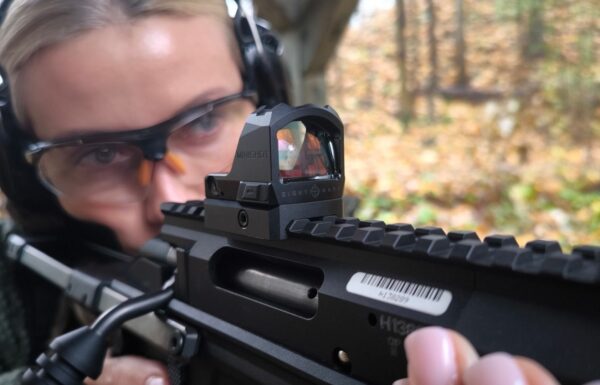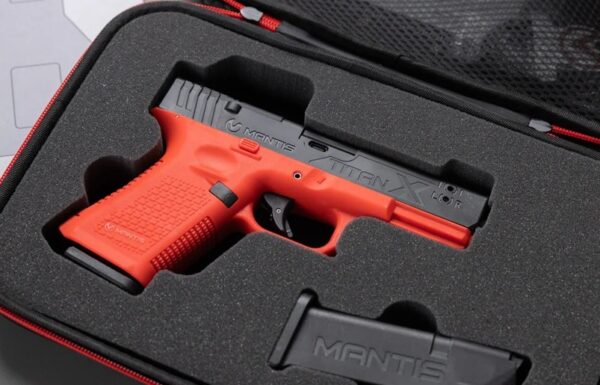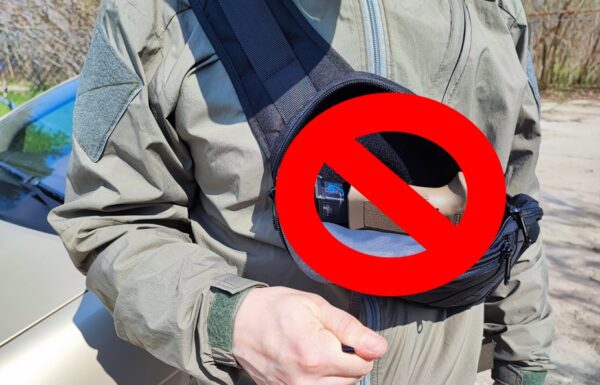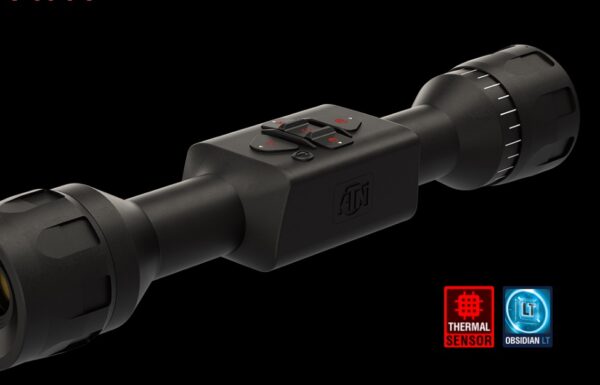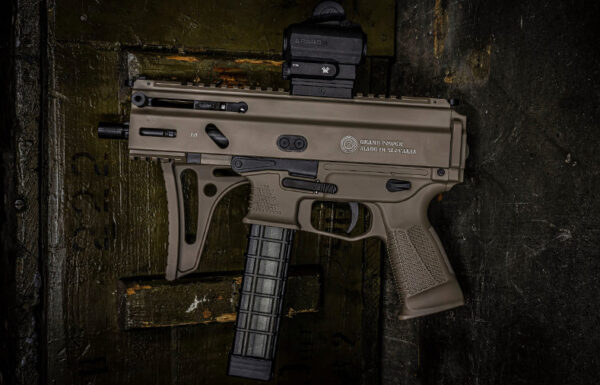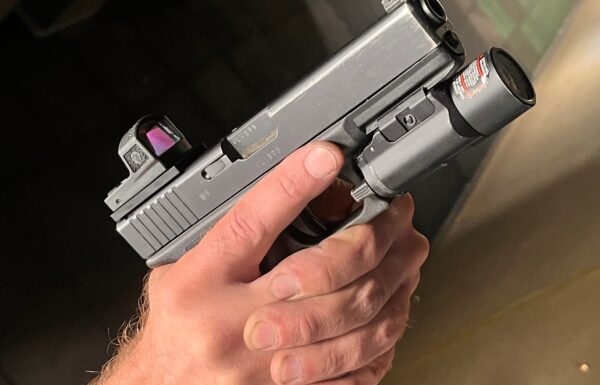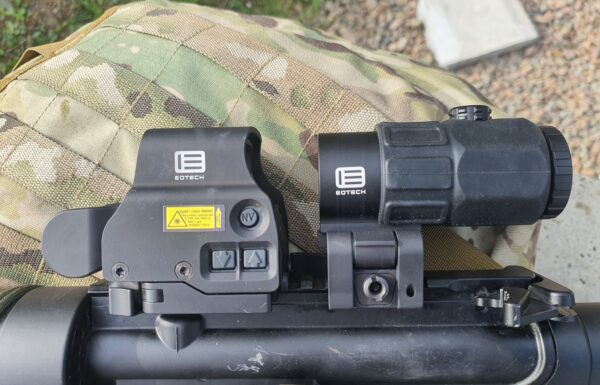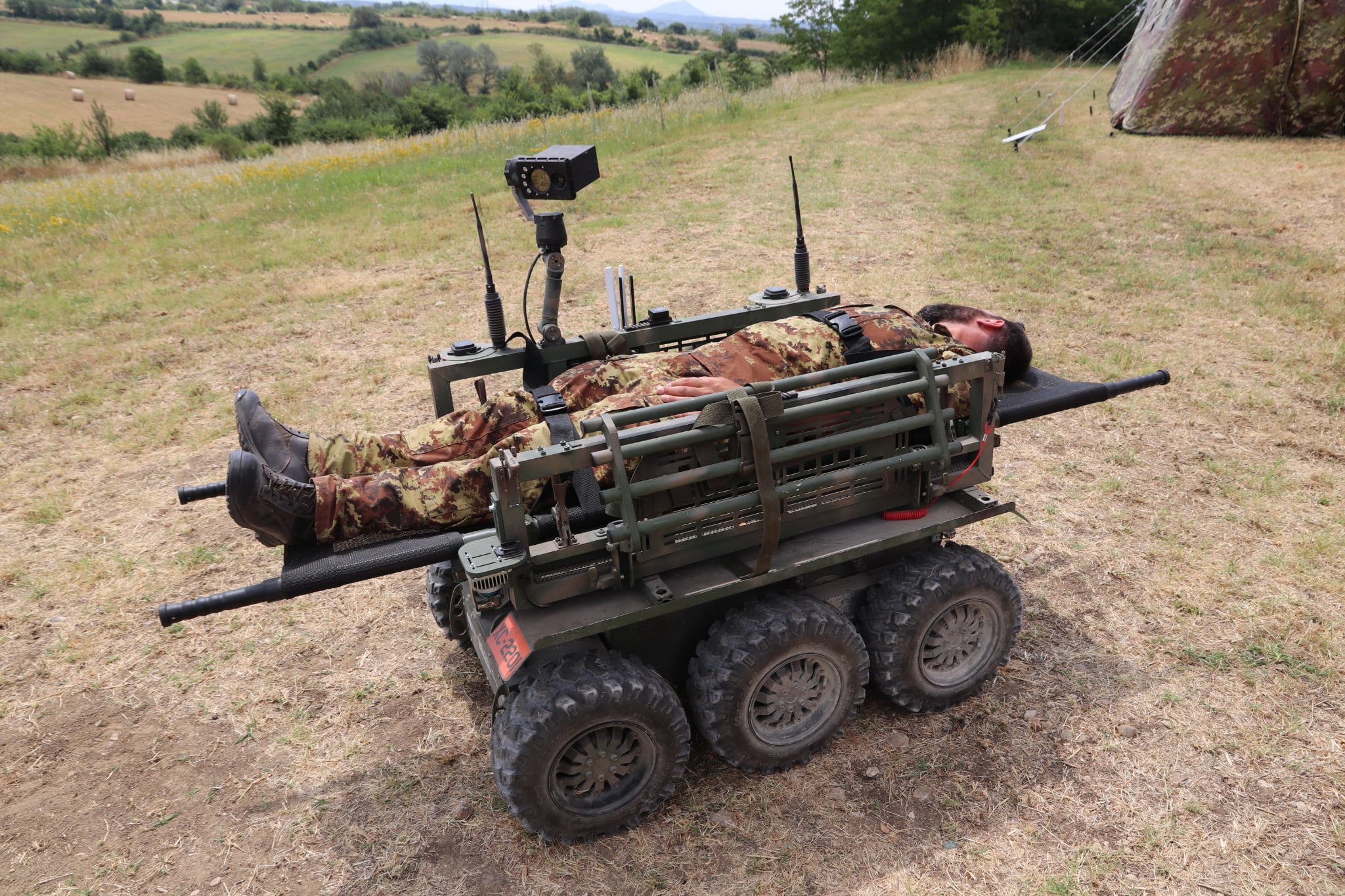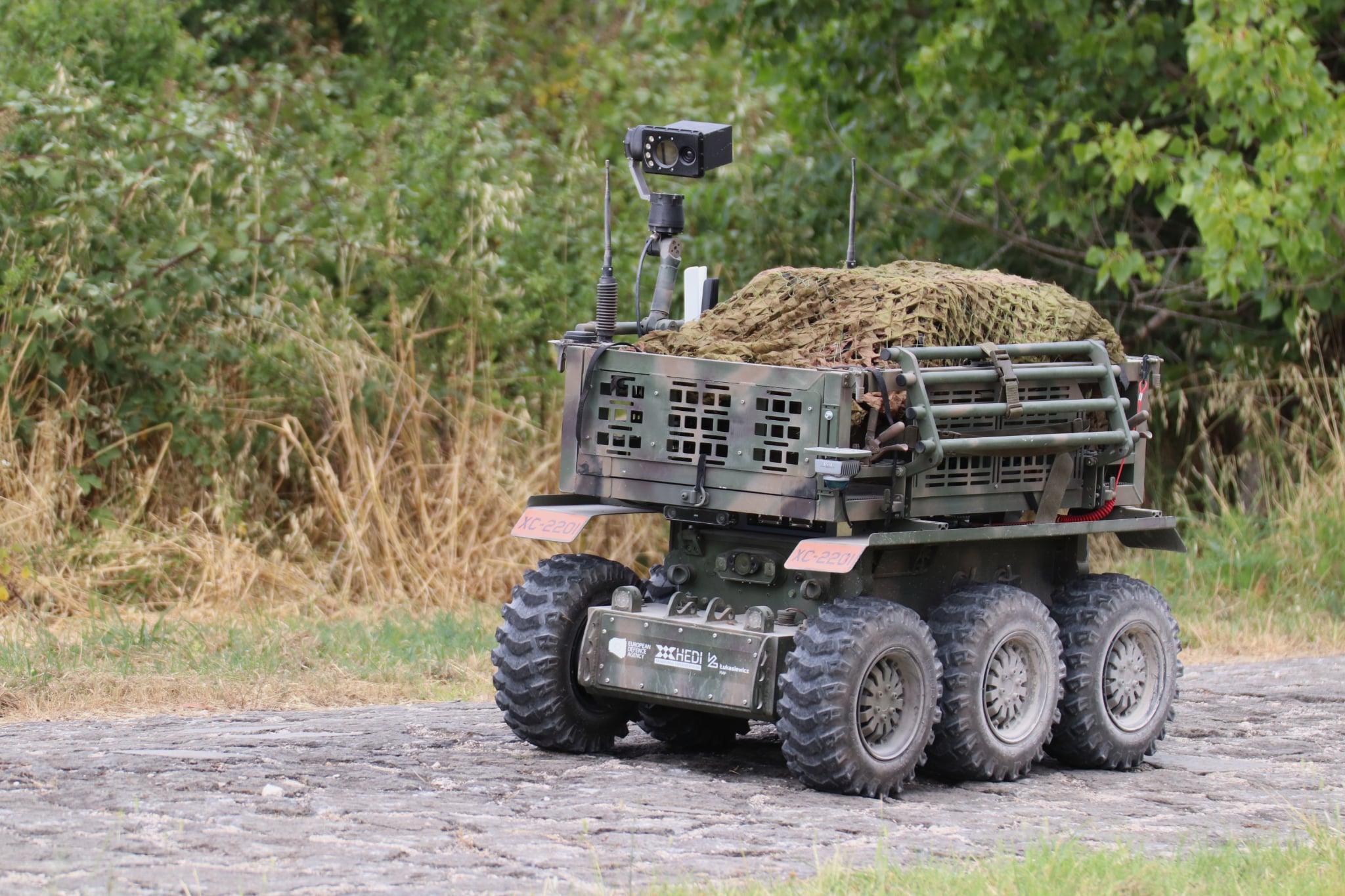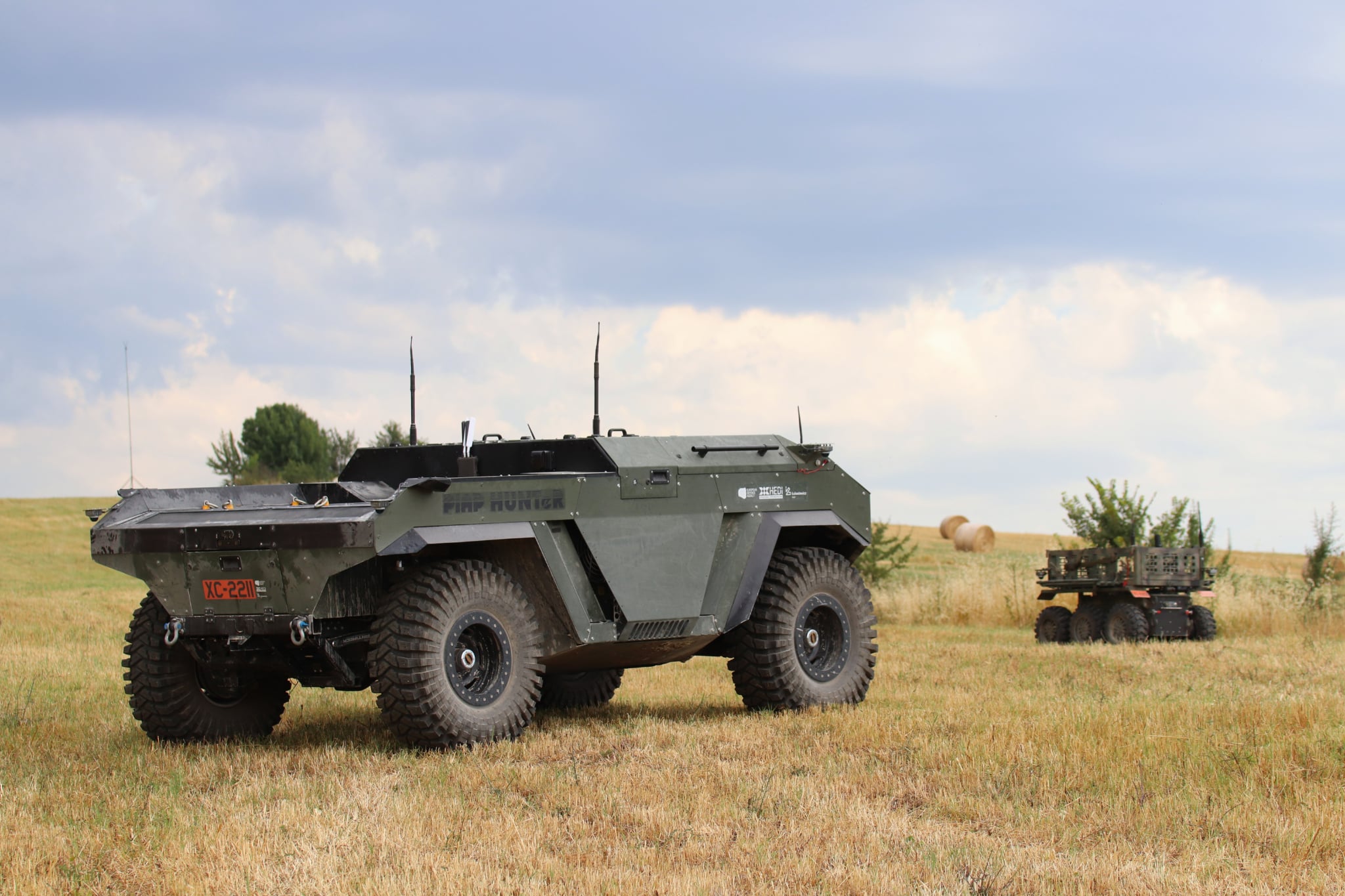Innovation in the field of defense has reached a new level – on June 5, the HEDI OPEX 2025 experimental campaign was officially launched at the CEPOLISPE training ground of the Italian Armed Forces, near Rome. This is the first initiative of its kind in Europe, organized by the European Defence Agency (EDA) as part of the Hub for European Defence Innovation (HEDI). Its goal is to accelerate the adoption of advanced autonomous technologies within the armed forces of EU member states.
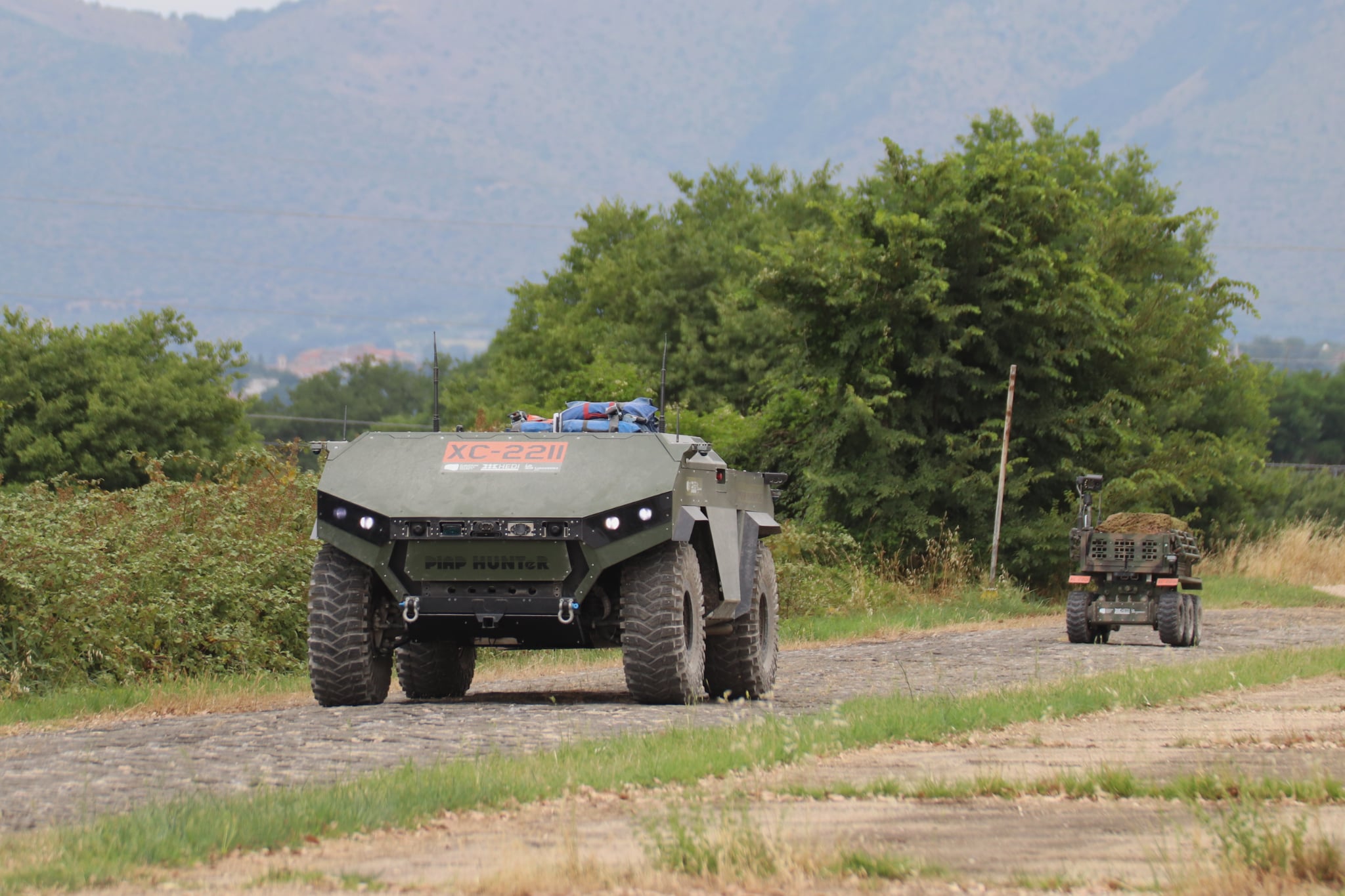 Photos: Sławomir Puchalski, Łukasiewicz Research Network – Industrial Research Institute for Automation and Measurements PIAP
Photos: Sławomir Puchalski, Łukasiewicz Research Network – Industrial Research Institute for Automation and Measurements PIAP
Since June 9, six leading European technology companies, including the Łukasiewicz Research Network – PIAP Institute from Poland, have begun testing their solutions in realistic operational conditions, side by side with European armed forces. The campaign will run until the end of July and includes dynamic field scenarios involving unmanned ground and aerial systems.
Łukasiewicz – PIAP is contributing to OPEX 2025 with its innovative PIAP MULES solution, developed on the basis of the proven mobile platforms PIAP HUNTeR and PIAP IBIS. The system is designed for autonomous logistics missions, medical evacuation (CASEVAC), and reconnaissance in demanding multi-domain battlefield conditions. These solutions are equipped with autonomous navigation functions and the capability to exchange data with other unmanned systems and command infrastructure (C2) via standardized communication interfaces. Such interoperability is essential for modern, integrated military operations.
“Our participation in OPEX 2025 confirms the readiness of our technologies to operate in challenging operational environments. We are proud to be part of this groundbreaking initiative that puts innovation into practical use within European defense,” emphasized Prof. Piotr Szynkarczyk, DSc. Eng., Director of Łukasiewicz – PIAP.
The OPEX campaign is a key element of the EDA’s strategy aimed at accelerating the development and deployment of technological solutions in the armed forces of EU member states. Through collaboration between industry, end users, and the research and development community, HEDI creates a unique environment for joint experimentation and rapid innovation deployment.
The PIAP HUNTeR is an unmanned ground vehicle weighing 4 tons, with a length of 470 cm and a width of 220 cm. It is powered by two electric traction motors. The PIAP HUNTeR can reach speeds of approximately 50 km/h, depending on the equipment configuration and intended use. The platform is equipped with eight high-resolution HD cameras. Additionally, the cameras of the ZMU-03 system can assist the operator in both navigating the platform and conducting reconnaissance. The robot is also fitted with lidars and stereo cameras that enhance the operator’s situational awareness (HUNTeR with ZMU-03 makes its debut at the training ground).
The PIAP IBIS, in its transport and medical evacuation variant, is a six-wheeled mobile platform with all-wheel drive and adaptive suspension that ensures optimal wheel-to-ground contact, resulting in high mobility. Instead of the standard manipulator arm, a basket with a stretcher mount has been installed. MOLLE system panels are mounted on the sides of the basket, allowing for the attachment of various equipment (e.g., a medical backpack). Foldable shelves on both sides of the robot expand its cargo area. The robot’s maximum speed is 10 km/h, its curb weight is 250 kg, and its maximum payload is approximately 200 kg (depending on terrain and mission type).
The platform is designed for transporting all types of gear and supplies, including light infantry equipment such as backpacks, ammunition, or single-use anti-tank launchers, or for casualty evacuation using TALON II 90C stretchers, which can be quickly, easily, and securely mounted.
The PIAP IBIS robot can be operated from the PIAP HUNTeR control console and can serve as an observation support platform thanks to its mounted PTZ turret with a day/night zoom camera and a thermal imaging camera. The smaller robot can be radio-controlled within a networked system with the PIAP HUNTeR combat robot, allowing for mutual signal relaying and effectively extending the operational range of either unmanned platform. Both vehicles are equipped with a GNSS-based positioning system, enabling the display of position, geographic coordinates, and movement direction (heading) on the control panel map. The route of travel can also be marked on this interface (Polish combat robot and medical evacuation robot participating in the FEX-2024 exercise).
Based on press release


